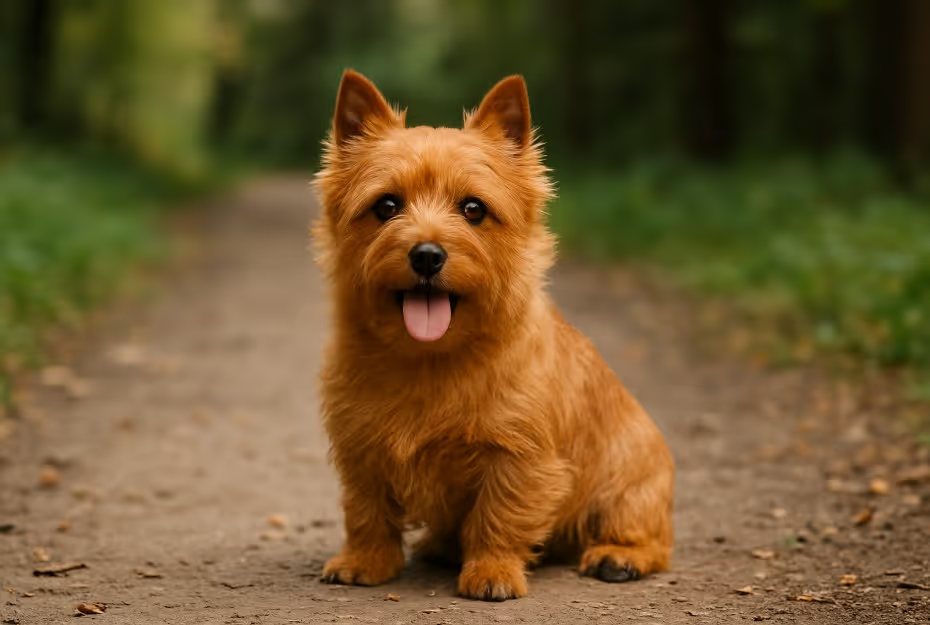The Norwegian Elkhound is a bold, intelligent, and loyal hunting breed known for its striking silver-gray coat, curled tail, and courageous spirit. Originally bred in Norway for hunting elk, bear, and other large game, this spitz-type dog combines endurance, agility, and a deep devotion to its family. Friendly and playful at home yet fearless in the field, the Norwegian Elkhound thrives in active households that can meet its exercise and mental stimulation needs.

The Norwegian Elkhound has been a trusted hunting companion in Scandinavia for over 1,000 years, with roots tracing back to Viking times. Used to track and hold big game such as elk and bear at bay until the hunter arrived, Elkhounds were valued for their stamina, bravery, and ability to work independently in harsh Nordic conditions. Their keen scenting ability and distinctive barking alerted hunters to the game’s location. Recognized by the American Kennel Club in 1913, the breed remains a symbol of Norwegian heritage and is admired worldwide as both a hunting dog and loyal family companion.
A sturdy, squarely built spitz-type dog with a dense silver-gray coat and curled tail.
The Norwegian Elkhound’s dense coat requires regular maintenance, especially during seasonal shedding.
An athletic and high-energy breed that thrives on outdoor activity.
Smart and eager to work but independent-minded.
Balanced nutrition supports their active lifestyle and thick coat.
Generally healthy but prone to a few breed-specific conditions.
While less common in Canada than some breeds, Elkhounds can be found through dedicated breeders and rescue networks.
Are Norwegian Elkhounds good family dogs?
Yes, they are affectionate, loyal, and protective of their families.
Do they shed a lot?
Yes, heavily twice a year and moderately the rest of the time.
Are Norwegian Elkhounds hypoallergenic?
No, they shed and produce dander.
Do they bark a lot?
Yes, they have a strong bark, especially when alerting or working.
Are they good with kids?
Yes, they are gentle and playful with children.
Do they get along with other pets?
They can, with proper socialization, but may chase smaller animals.
How much exercise do they need?
At least 60–90 minutes daily.